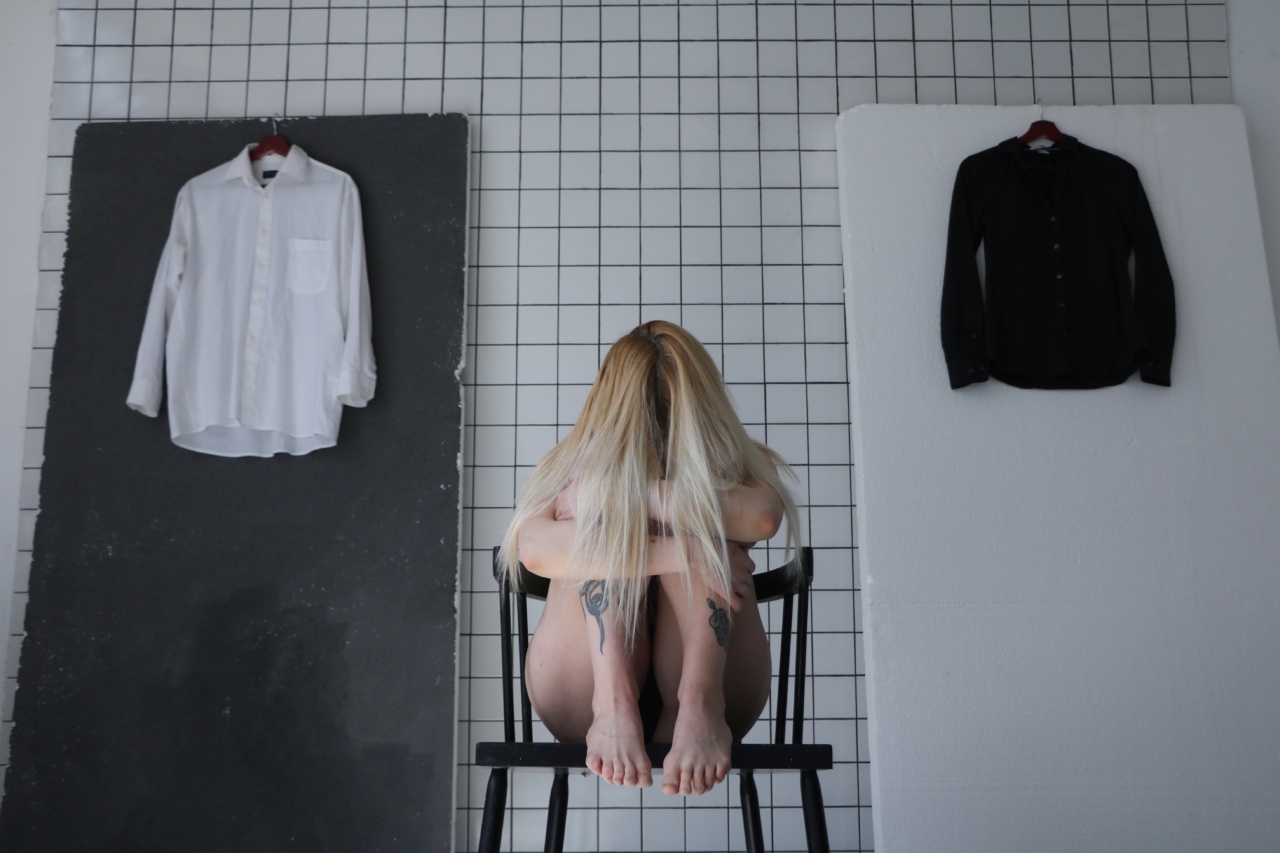Anxiety disorder is a common mental health condition that affects millions of people worldwide. It is characterized by persistent feelings of fear, worry, or unease that can interfere with daily life.
While the symptoms of anxiety disorder can vary from person to person, there are several walking clues that may suggest the presence of this condition.
1. Restlessness and fidgeting
One of the most noticeable walking clues of anxiety disorder is restlessness and constant fidgeting. Individuals with anxiety often feel a high level of unease and may have difficulty sitting still.
They may pace back and forth or engage in repetitive movements as a way to cope with their anxiety.
2. Rapid breathing or hyperventilation
Anxiety can trigger a physiological response known as hyperventilation, where a person starts to breathe rapidly and shallowly. This abnormal breathing pattern can lead to lightheadedness, shortness of breath, and a sensation of not getting enough air.
If you notice someone walking quickly while breathing heavily, it could be a sign of an anxiety disorder.
3. Avoidance of crowded places
People with anxiety disorders often have an intense fear of certain situations or environments, such as crowded places. They may avoid places like shopping malls, crowded streets, or public transportation due to the overwhelming anxiety it triggers.
If you notice someone consistently altering their walking route to avoid crowded areas, it could be an indication of anxiety disorder.
4. Excessive sweating
Anxiety can cause the body to go into a “fight or flight” response, which results in increased sweating. This excessive sweating, particularly on the palms, can be a walking clue for anxiety disorder.
If you notice someone constantly wiping their palms or having visible sweat stains on their clothing while walking, it may suggest an underlying anxiety issue.
5. Heightened startle response
Individuals with anxiety disorders often have a heightened startle response, meaning they become easily startled by sudden or unexpected sounds or movements.
This exaggerated startle response can cause them to abruptly stop or jolt while walking if something startles them. It can be an indication of an underlying anxiety disorder.
6. Excessive checking and reassurance-seeking behaviors
Another walking clue for anxiety disorder is frequent checking and reassurance-seeking behaviors. People with anxiety may repeatedly check their surroundings, constantly look over their shoulder, or seek validation from others while walking.
These behaviors stem from a deep fear of potential threats or dangers, and they provide temporary relief from anxiety.
7. Intense muscle tension
Anxiety often manifests itself physically, leading to muscle tension throughout the body. In severe cases, this tension can become so pronounced that the person’s walking gait changes.
They may exhibit stiff and rigid movements while walking or have difficulty moving certain body parts smoothly. These signs can be indicative of an underlying anxiety disorder.
8. Reduced eye contact and hunched posture
People with anxiety disorders may exhibit reduced eye contact and a hunched posture while walking. Anxiety can make individuals feel self-conscious and constantly worry about how others perceive them.
This self-consciousness may lead them to avoid making eye contact or assume a protective hunched posture to appear smaller and less noticeable.
9. Repetitive behaviors
Some individuals with anxiety disorders may engage in repetitive behaviors as a way to cope with their anxiety. These behaviors can include tapping their fingers, counting steps, or even following particular walking patterns.
If you observe someone consistently repeating certain gestures or movements while walking, it could be a sign of an underlying anxiety disorder.
10. Racing thoughts and difficulty concentrating
Anxiety disorders often bring about racing thoughts and difficulty concentrating. When walking, someone with anxiety may appear mentally preoccupied or absent-minded.
They may seem unaware of their surroundings or frequently lose track of their intended destination. This inability to focus can be a warning sign of an underlying anxiety disorder.































